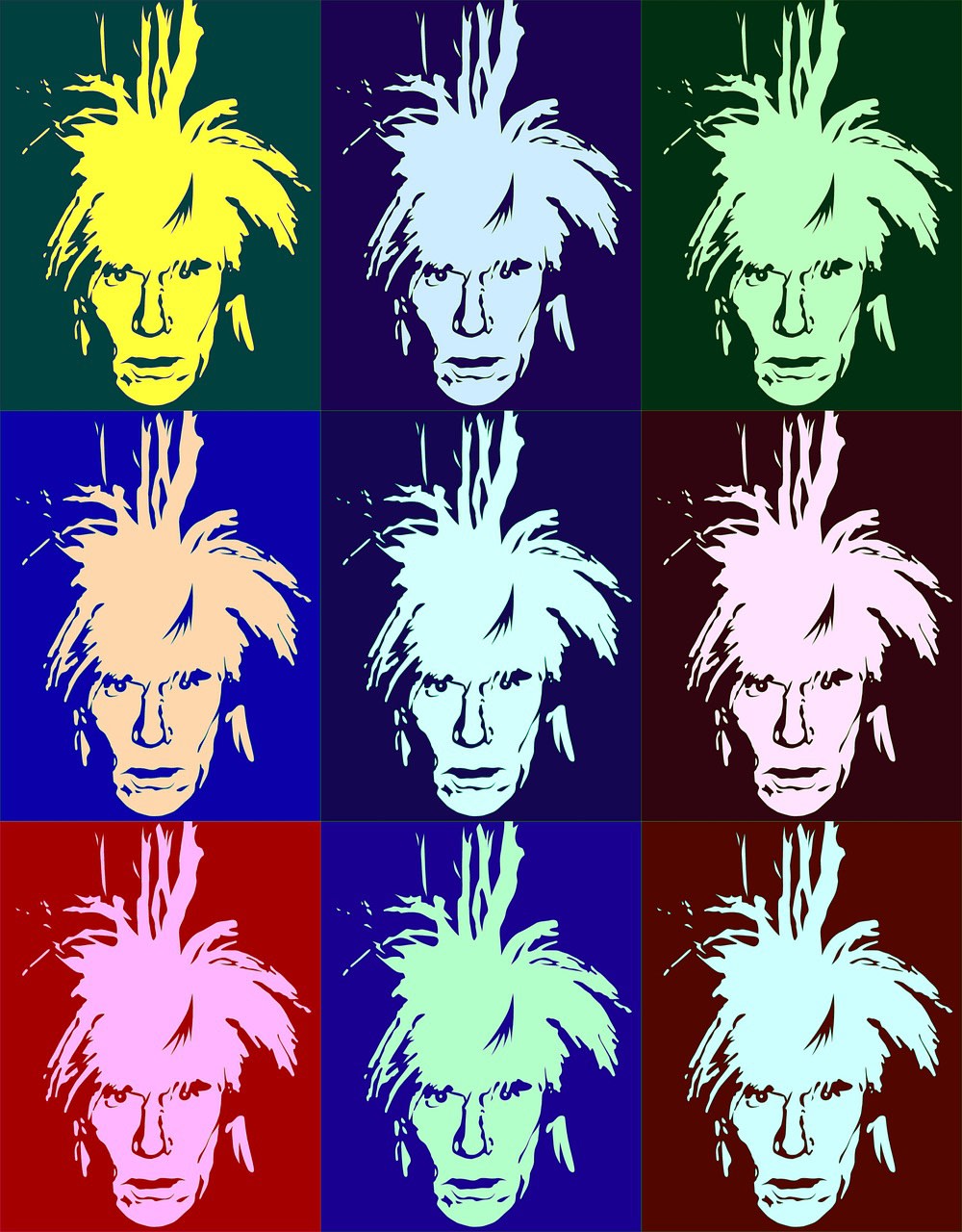
Early Life and Artistic Journey
Born on 6th August 1928 in Pittsburgh, Pennsylvania, Andrew Warhola (later known as Andy Warhol) displayed a passion for art from an early age. He studied commercial art at the Carnegie Institute of Technology (now Carnegie Mellon University) and began his career as a successful commercial illustrator in New York City. Warhol's transition from commercial art to fine art marked the beginning of his revolutionary artistic journey.
The Birth of Pop Art
In the 1960s, Warhol became a leading figure in the pop art movement, which celebrated the vibrant and mundane aspects of popular culture. He drew inspiration from everyday objects, consumer goods, and celebrities, transforming them into art. Warhol's bold and colourful works challenged the traditional boundaries of art, embracing mass production and commercial techniques.
Andy Warhol Art: Exploring His Iconic Works
Andy Warhol's art encompassed a wide range of mediums, including painting, sculpture, printmaking, photography, and filmmaking. His most famous works include his series of Campbell's Soup Cans, Marilyn Monroe portraits, and the iconic image of a banana for The Velvet Underground's debut album cover.
Campbell's Soup Cans: In 1962, Warhol exhibited 32 paintings of Campbell's Soup Cans, each representing a different flavour. This series showcased his fascination with consumerism and mass production, elevating ordinary objects to the status of high art. Andy Warhol art
Marilyn Monroe Portraits: Warhol's vibrant and repetitive portraits of Marilyn Monroe became synonymous with his artistic style. By using silk-screening techniques and vivid colours, he immortalised the iconic Hollywood actress, exploring themes of fame, beauty, and mortality.
The Velvet Underground & Nico Album Cover: Warhol's collaboration with the experimental rock band, The Velvet Underground, resulted in the creation of one of the most recognisable album covers of all time. His image of a simple banana, paired with the band's name, became a symbol of counterculture and rebellion.
Cultural Influence and Legacy
Andy Warhol's impact on popular culture cannot be overstated. His art blurred the lines between high and low culture, bringing art into the realm of everyday life. Warhol's work challenged traditional notions of artistic creation, embracing techniques such as silk-screening, repetition, and appropriation.
Furthermore, Warhol's studio, known as "The Factory," became a hub for artists, musicians, filmmakers, and celebrities, fostering creative collaboration and experimentation. The Factory became synonymous with the avant-garde art scene of the 1960s and 1970s, where influential figures like Lou Reed, Edie Sedgwick, and Jean-Michel Basquiat crossed paths with Warhol.
Warhol's artistic and cultural influence extended beyond his lifetime. His legacy inspired subsequent generations of artists to explore themes of consumerism, celebrity culture, and mass media. The echoes of his artistic vision can be seen in the works of contemporary artists who continue to challenge conventions and provoke thought.
Today, Warhol's art continues to captivate and resonate with audiences worldwide. His works are prominently displayed in prestigious art institutions, and his influence can be felt in the realms of fashion, design, and popular culture. Warhol's ability to capture the spirit of his time and reflect the societal shifts and values remains unparalleled.
In conclusion, Andy Warhol stands as a revolutionary icon of pop art and a catalyst for cultural transformation. His ability to merge art and popular culture, challenge artistic conventions, and redefine the boundaries of creativity has left an enduring impact on the art world. Through his iconic works and innovative approach, Warhol has secured his place as one of the most influential artists of the 20th century. His contributions to art and his cultural influence continue to inspire and shape the artistic landscape of today.
